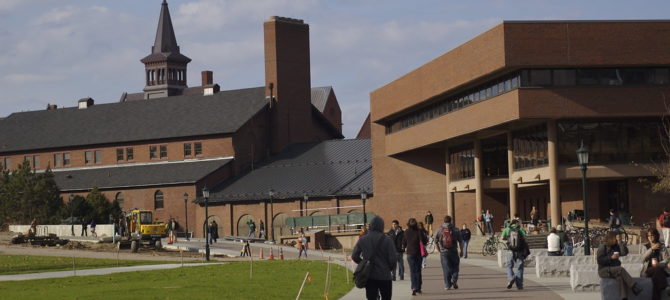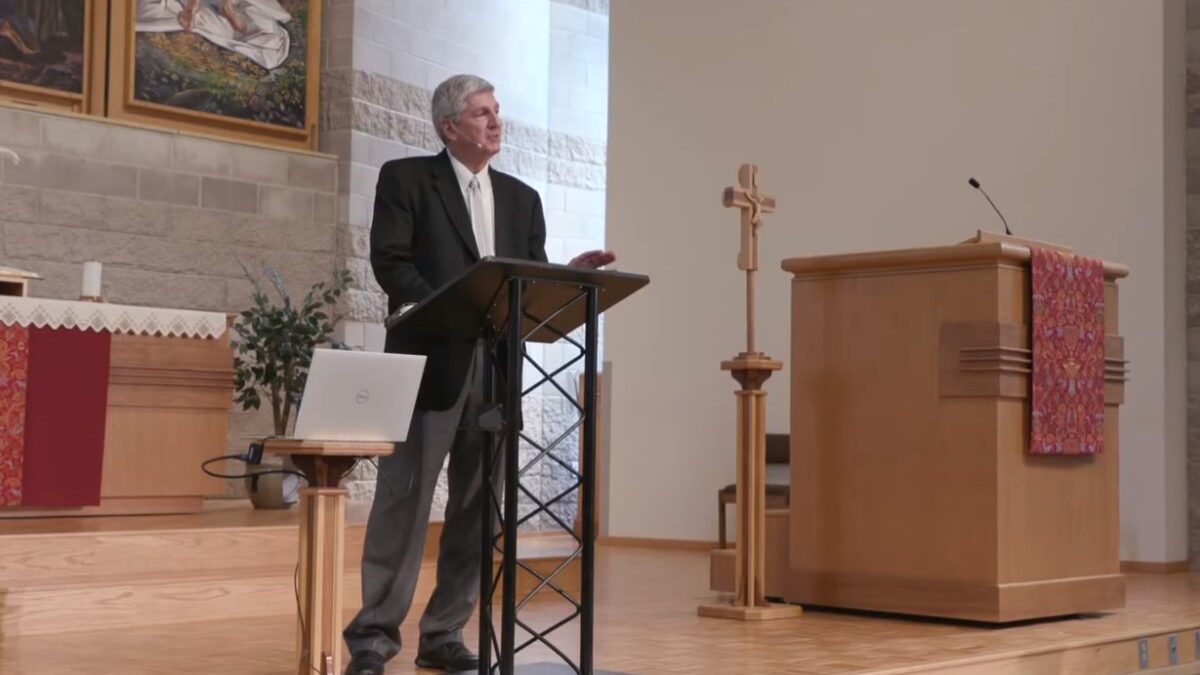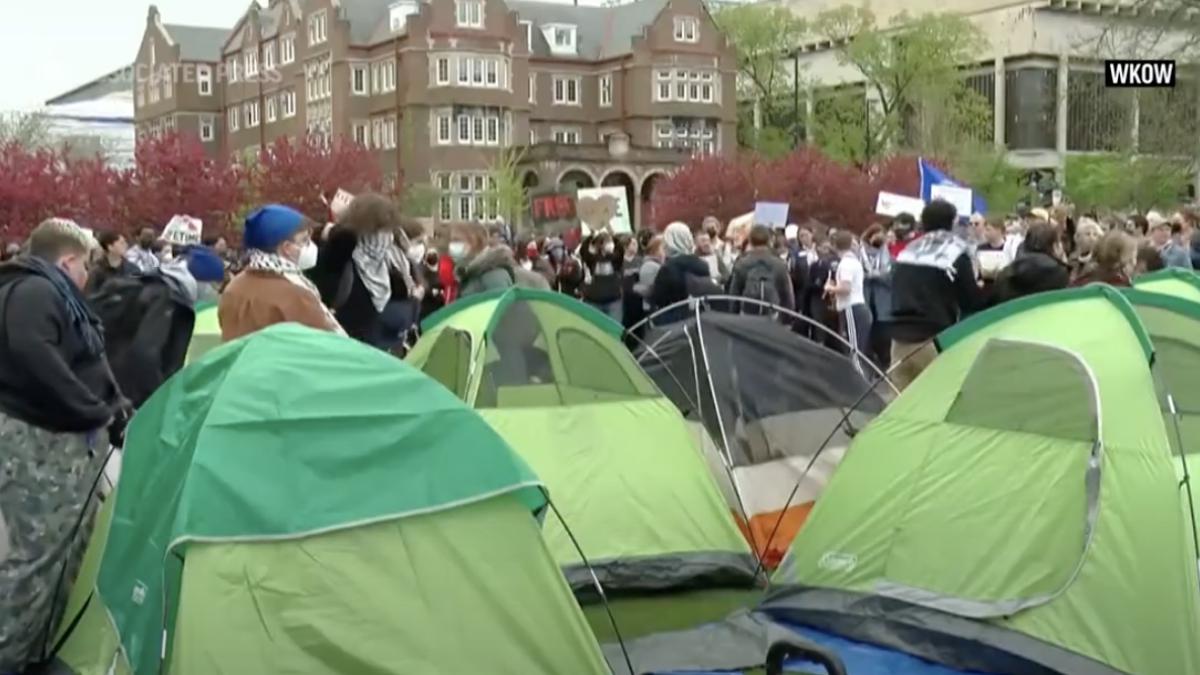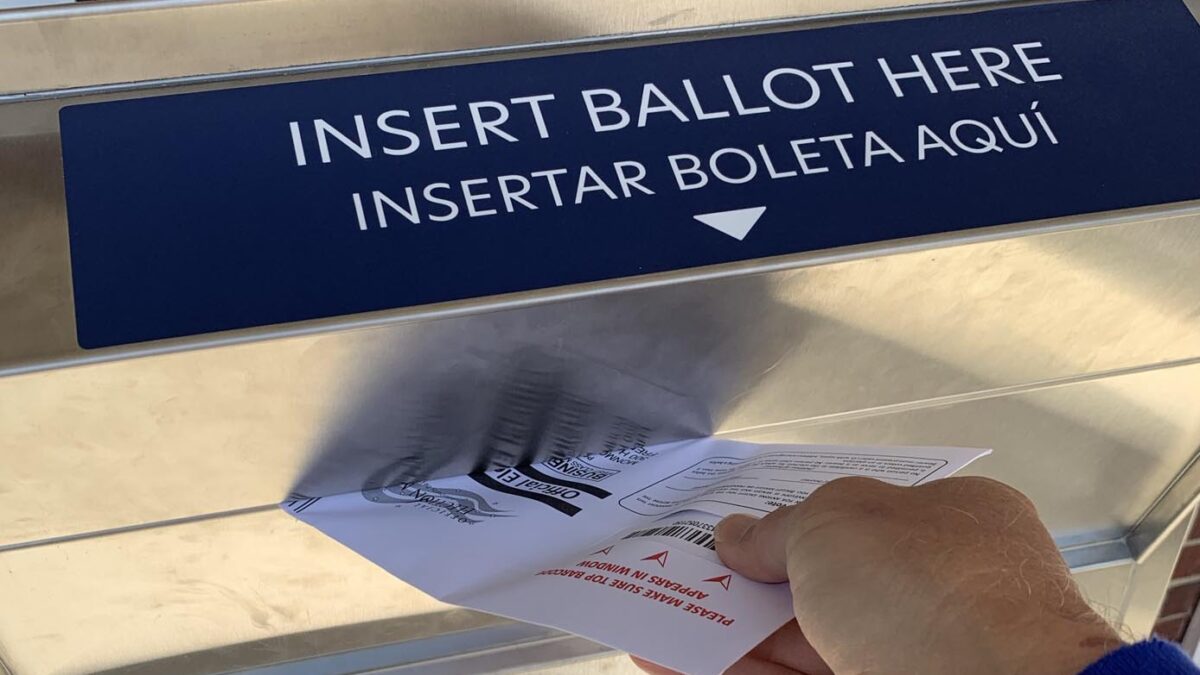
Bernie Sanders and Elizabeth Warren, both of whom are running for president, each have a higher ed plan: Warren’s would pay off $50,000 of student debt for those earning less than $100,000, and Bernie’s would pay off practically all of America’s $1.6 trillion in student debt and make state college “free.” He’d attempt to pay for it by taxing stock and bond trades.
This would be a stunningly bad idea, primarily because it would be a handout to relatively wealthy Americans. But Warren and Sanders would also continue a system that doesn’t align students and their degrees with the labor market, and would turn an indoctrination factory largely paid for by taxpayers into one entirely paid for by taxpayers.
Into the fray, Tennessee Sen. Lamar Alexander—the former education secretary for George H.W. Bush and former president of the University of Tennessee system—is walking out his plan to reauthorize the Higher Education Act. Alexander would simplify Free Application for Federal Student Aid (FAFSA), an assistance program for low-income students, and simplify repayment plan options—both laudable goals.
But Alexander would also swap a rule that looks at the income versus debt of colleges’ graduating students, which is ostensibly unfair to “for-profit” colleges, for a rule that looks at loan repayment rates (why not do both?). Alexander also wants to pull student loan payments directly out of paychecks, just like federal payroll taxes.
In other words, aside from giving Democrats ammo to lob at Republicans on the wage-garnishment idea, Alexander is intent on essentially preserving the status quo. In Alexander’s defense, he’s trying to create something that will pass in Washington. But the status quo is awful.
Scholars such as Heather MacDonald have done an excellent job of highlighting examples of the far-left bias that is prevalent among America’s higher education “institutions.” Conservative YouTube channels, meanwhile, are great at highlighting the perils of conservative speakers attempting to speak at this or that campus.
But few are addressing the elephant in the room. The entrenched and blatant anti-American and anti-Christian bent in our colleges and universities is heavily subsidized by taxpayers. The huge budgets of these colleges—and their ability to pay professors well more than six figures to only teach for several hours a week, only during the school year—is entirely the result of choices made by our elected officials.
How We Got Into This Mess
It started in 1965 when, as part of Lyndon B. Johnson’s fateful Great Society, Congress passed the Higher Education Act. Among other things, the Act introduced subsidized student loans to increase the number of Americans attending college. The legislation has been reauthorized multiple times since, increasing the size and reach of these subsidies.
The effects have been predictable, and many did predict them. For example, Democrat Sen. Daniel Patrick Moynihan warned the system would lead to higher college costs. Generally speaking, more money chasing after something makes its price go up. But the money chasing after higher ed is uniquely dulled of its price-sensitivity. Borrowers are young and have limited perspective on how much they are borrowing. They are also robbed of price signals, as everyone gets the same rate no matter what major he or she chooses.
That explains why college tuition has increased far more than inflation since the 1965 law was passed. At least half of this increase above the rate of inflation is explained by subsidized student loans, with the actual rate explained by subsidized loans probably as high as 80 percent. Here’s The Economist:
The price of college has risen more than four times faster than inflation since 1978, easily outpacing doctors’ bills. Much of this cash has been wasted on things that have nothing to do with education—plush dormitories, gleaming stadiums and armies of administrators. In 1976 there were only half as many college bureaucrats as academic staff; now the ratio is one to one.
Nevertheless, Congress certainly succeeded in its goal of more Americans attending college: almost 70 percent of high school graduates now enroll in college, and the percentage of Americans aged 25 to 34 years old who have a secondary degree has moved from about 25 percent in 1990 to almost 50 percent today. But although college on average still provides a positive return on investment, that return has dropped significantly. Here’s The Economist, again:
By the universities’ own measures, this [binge of money and increase of administrators] has produced splendid results. Students are more than twice as likely to receive ‘A’ grades now than in 1960. When outsiders do the grading, however, they are less impressed: one study found that 36% of students ‘did not demonstrate any significant improvement in learning’ over four years of college.
How’s the Return on Investment?
For many Americans, the return on college is actually negative — it hurts them to attend college. Part of this is because many Americans going to college are ill-suited for it. For example, 40 percent of American students fail to get a four-year degree within six years of enrolling. For students who do graduate, some degrees or majors are often worthless. Broadly defined arts degrees at 30 percent of colleges in a study offered worse returns than plugging the money into a longer-term Treasury bond (which barely breaks even or even loses money after inflation).
Even for students who should be in college, and choose majors with significant earnings and employment prospects, college is far too often an expensive resume-sifting tool for potential employers. The Economist explains why:
Degrees are also signalling devices. The premium includes the income-boosting effects of personal characteristics that are more likely to be held by those with degrees, not because they acquired them at university, but because they possessed them on admission.
As degrees have become more common, their importance as signalling devices is rising. Recruiters, who pay none of the cost of jobseekers’ higher education, are increasingly able to demand degrees in order to screen out the least motivated or competent. A recent study by Joseph Fuller and Manjari Raman of Harvard Business School found that companies routinely require applicants to have degrees, even though only a minority of those already working in the role have them. This increases the graduate premium—but by punishing non-graduates rather than boosting the absolute returns to degrees.
In other words, students are often paying more for employer to be able to cheaply interview job candidates than for skills they couldn’t have gained in the workforce, while making money instead of paying money. The Economist’s researchers “find only a weak link between higher shares of graduates in an occupation and higher salaries. For around half of the occupations that employ higher shares of graduates now than a half-century ago, real wages have fallen.”
Why Democrats Love the Status Quo
Worse, the left and the Democratic Party loves the current system of higher ed subsidization, not because of the economic benefits, which are increasingly hard to justify across the board, but because the American college experience is an ideological indoctrination factory. Students at the University of Minnesota are given books to read that include “Capitalism’s War on the Earth,” but never taught that the worst environmental degradation ever seen has occurred in communist, centrally planned economies such as the Soviet Union and China.
Students are taught that Christians pioneered the mistreatment of women, and that marriage is a patriarchal fabrication, without being taught how badly women were treated by pre-Christian paganism, or how the early church singlehandedly elevated the status of women and children globally.
At my alma mater, Bethel University in St. Paul, Minnesota, a history professor spent an entire class attempting to show why Americans weren’t really on the side of justice and right in World War II. I told the professor that the average plumber, carpenter, or factory worker was now far smarter than the class—most of whom went on to be K-12 teachers.
These are anecdotes, but they aren’t fringe examples; they are commonplace in modern-day academia. Today’s college students can flip a coin on whether their professor is a neo-liberal or a neo-Marxist, but that’s about it. That leaves at least half the country totally philosophically unrepresented, and it threatens the lessons previous generations have bled to learn. This threatens our country.
You’d think it couldn’t get worse, but it does. The current system delays adulthood for at least four years then burdens young Americans with debt, just when they should be starting their lives and families. This certainly suppresses or delays family formation and child-rearing, and probably, on the margin, decreases the marriage rate and increases the number of sexual partners Americans have before they are married.
Let’s Try Some Actual Reforms For Once
Fundamental conservative reform is the only thing that will make any of this better. Alexander is no doubt putting something together that can get bipartisan support in Washington. Yet when the Democrats—who are proposing bad changes to a system that Americans instinctively know should be fundamentally reformed—are juxtaposed against Alexander’s plan, which would only tinker around the edges, the country is in serious trouble.
Republicans, led by President Trump, need a plan to fight back, and one that they can sell to the American people in 2020. That would include:
- Require every college that receives subsidized student loans to disclose the average income graduates in each major earn, at least three years after graduating, and the percentage of graduates in that major who work in a field deemed related to it. The “personal responsibility” crowd say if you took out lots of student loans, it’s your own fault. But an 18-year-old shouldn’t be trusted with much, let alone picking a school and a major while understanding the real cost of the loans, and the employment prospects after—when everyone is telling her to go to college.Higher education lobbyists have long resisted efforts to make colleges report their students’ earnings. For example, the Obama administration had a meager plan to provide transparency, then shelved it after education industrial complex pressure. Absolute major-by-major transparency should be a priority of the Trump administration. Set up a website to house the data: HigherEdReturn.gov.
- Congress should pass a tax exemption for employer contributions, up to $2,000 per year, into a 401(k)-type investment vehicle that allows for money to eventually be withdrawn at the long-term capital gains rate, to pay down student loan principal balances. Investment options should be limited to a well-diversified portfolio, and companies should bid to provide the lowest management fees.The proposal would be politically popular, and would probably save the federal government money in the long run, if more people pay more of their student loans.
- Congress should make student loans dischargeable in bankruptcy proceedings. Currently, student loans are just about the only type of debt that is extremely hard to discharge in bankruptcy. Congress changed the law to favor lenders in a sop to the education industrial complex, and that change should be reversed. Going forward, this would force lenders of student loans, private and government, to be more careful about who they lend to, and saddle fewer Americans in debt.
- Require colleges to take an equity stake in their students. Automatic wage garnishment by the government to pay for its irresponsible student debt lending is a bad idea. But requiring colleges to have skin in the game is a great idea .Here, Florida Republican Sen. Marco Rubio has some good ideas, as does current Purdue President and former Indiana governor Mitch Daniels. For example, colleges could be required to receive 10-20 percent of tuition through a future payment of a small percentage of their students’ income for 10 years after graduation. If their students’ majors and education helped them make a lot of money, the colleges would get paid. If the students made little money, colleges wouldn’t get paid.The result would be an incentive for colleges to align their degrees with the labor market, and a marked decline in worthless “social justice” degrees.
- Focus more on technical schools and apprenticeships, and focus less on the four-year college degree. There are no easy answers here, and history shows that it is a bad idea to simply throw money at something. Germany’s apprenticeships are world-beating, but Britain tried to replicate that with little luck. But, generally, America needs more kids in technical school and apprenticeships, and fewer kids in four-year colleges.
- Cut federal funding for schools that don’t protect the free speech rights of students, faculty, and visitors.
Higher ed in America is a debt bomb that has enslaved the young. It is also the peak of cronyism and excess for the thousands of bureaucrats and professors who benefit from today’s configuration.
The system is rotten to its core—economically, ideologically, and spiritually. Trump and every Republican after him should run on metaphorically blowing it up, and these proposals are the least a great disruptor would pursue.









